Alamo-Rock Island engines
Posted by Chris Graham on 10th May 2023
Patrick Knight dips into the fascinating history of Alamo-Rock Island engines, that were built and sold in the early 1900s.
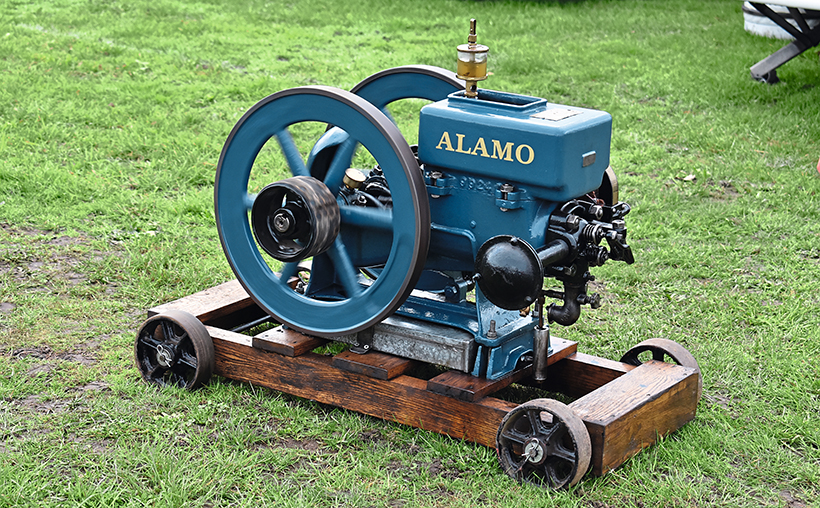
This Alamo Blue Line engine, owned by Mr G Thornton, was photographed at the Newark Tractor Show in 2022, by Mike Milestone.
In recent years there have been a number of small American-built engines imported into the UK for preservation purposes; and while I am sure that you will have encountered engines with such names as Nelson Brothers, Hercules and Waterloo, there will most certainly be one or two names you may not recognise.
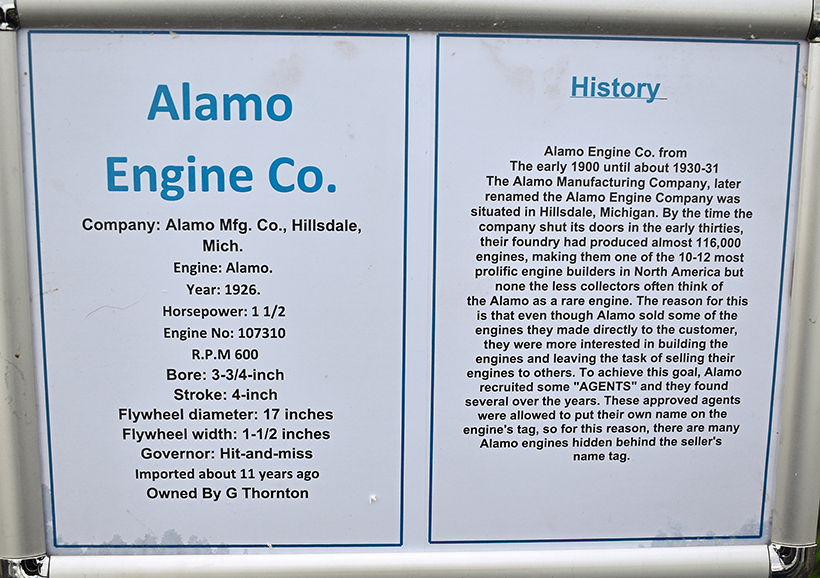
This is the information board that accompanied the Alamo Blue Line engine.
During the period between the early 1900s and the early 1930s, the USA had a number of engine builders that, apart from selling machines directly to the engine user, also built what were called ‘contract engines’, which were sold to ‘jobbing’ engineering companies that would, after attaching their own name tags, retail them to the end user.

This image was found on the internet.
The Alamo Engine Company of Hillsdale, Michigan, began engine production as early as 1904, at which time engine design was fairly typical for the day; they were marketed as the Alamo Blue Line. However, in late 1913, the company began supplying what one might call ‘contract engines’ to ‘approved agents’ (a posh name for jobber sales outlets).
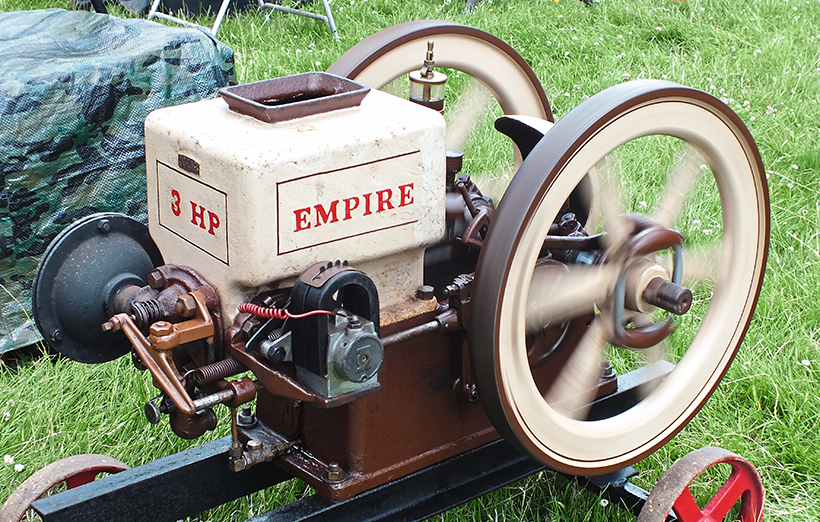
This 3hp ‘Empire’ was photographed while in the ownership of David Broadly of Burstwick, in East Yorkshire.
One such ‘approved agent’ was the Rock Island Plow Company of Rock Island, Illinois which, between 1909 and 1912, had been agents for Root & Vandervoort products. The Rock Island Plow Company was not averse to supplying engines to smaller ‘jobbers’, often with the brass plate stating that the engine was built or supplied specially for whatever company that would be retailing it.
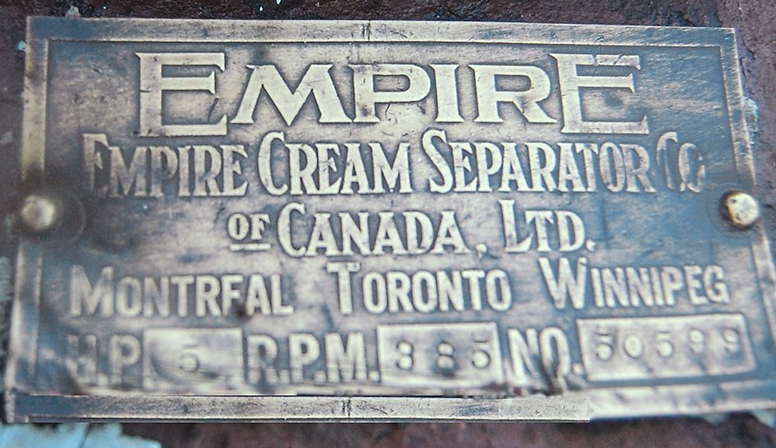
A plate from the Empire Cream Separator Company of Canada Ltd.
Other ‘approved agents’ included Empire Cream Separator Engine Company of Bloomfield, New Jersey; The Lansing Company, Lansing, Michigan; Lindsay Bros Company of Minneapolis and, no doubt, a few others.
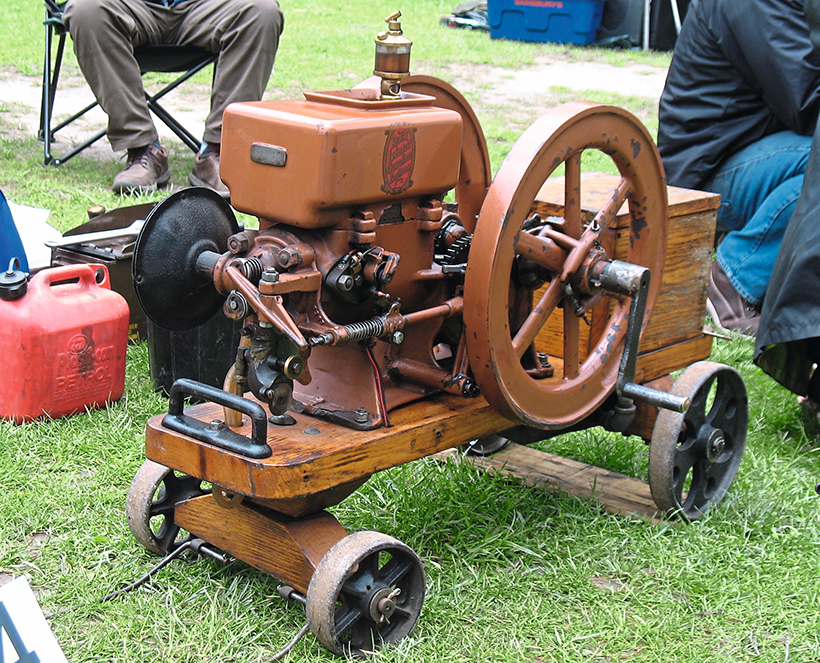
The 1hp Rock Island is owned by Jim Anderson.
A number of Alamo-Rock Island engines were supplied to the Empire Cream Separator Company Ltd of Canada, of Montreal, Toronto and Winnipeg, while others were supplied to the Cockhull Plow Company of Brantford, in Ontario.
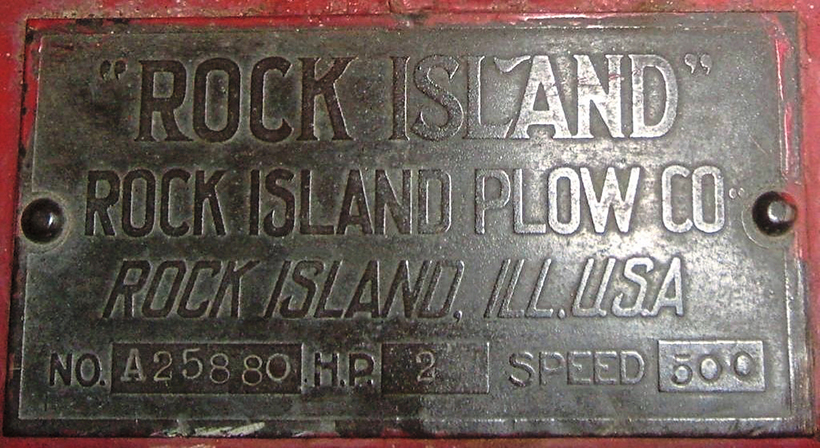
The engine plate from a Rock Island engine.
The history relating to the Alamo-Rock Island is somewhat complex and, no doubt, I have missed several companies that marketed re-badged engines.
This feature comes from the latest issue of Stationary Engine, and you can get a money-saving subscription to this magazine simply by clicking HERE

Previous Post
The latest diecast and resin models for collectors
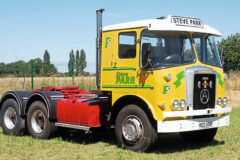
Next Post
The Sandtoft Atkinson gathering’s back on!



